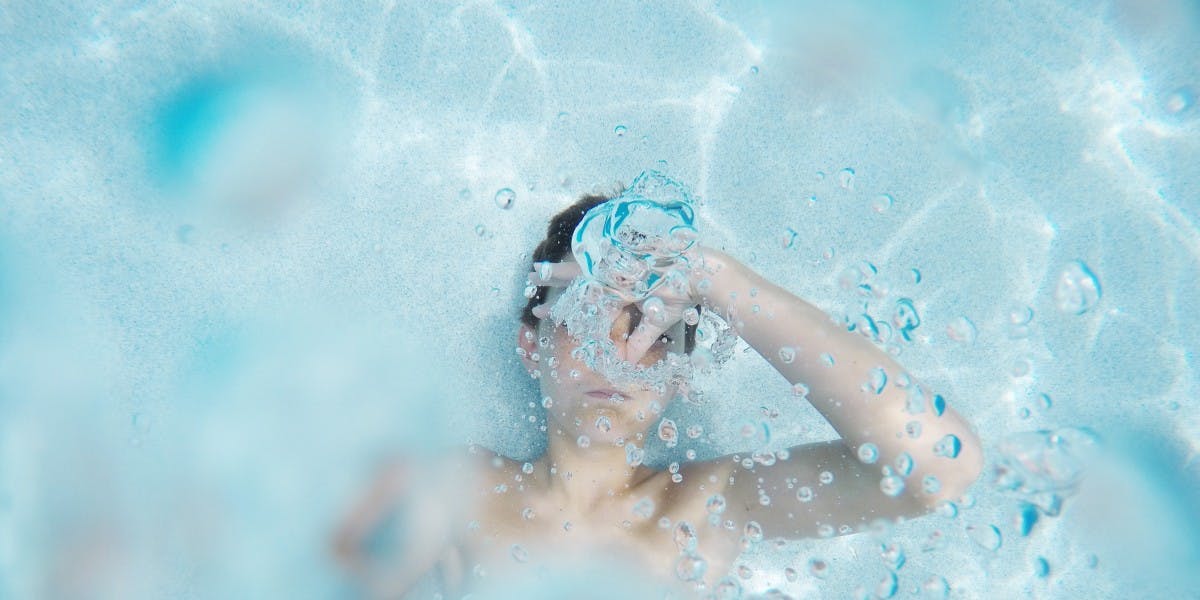Summertime Sees Diarrhea Cases Rising
No matter where you live in the United States, including Alaska, summertime means the hottest time of the year. In many parts of the southern and central United States, it’s not uncommon to see temperatures soar to 100ºF and more. Even if the temperature doesn’t reach that hot, the heat index can. At the time of this writing, here in northern Kentucky, the temperature is 95ºF, but the heat index says it feels like 109ºF because although the relative humidity is 55%, the dew point is 76ºF.
NOTE – The heat index is calculated using the temperature and relative humidity or dew point. Here is a link to a heat index calculation, in case you are interested.
I grew up in Arizona where this time of year, it wasn’t usual to see daytime temperatures of 110ºF to 118ºF. In June and early July, the relative humidity could be as low as 6%, but by mid-July through early September, the humidity could reach up to 80% with the summer monsoons. So, when you hear the old adage about an Arizona summer heat being a dry heat, that’s only half the story.
For several years in my youth, we lived in a trailer park that had a swimming pool. Since our mobile home (which wasn’t mobile) didn’t have air conditioning but relied on an evaporative cooler, we spent every spare moment possible in that swimming pool. There were times there was as many as 20+ kids in the pool. It was the only real way to get cool, other than playing in a garden hose or sprinkler.
Throughout America, there are thousands of community swimming pools. Some are run by the city, county, YMCA, park departments and many others run by an apartment complex or a homeowners’ association. Drive by any of them this time of year, and you will see a fair number of kids and adults swimming and working on their tans and future skin cancers.
Not only does the use of these community pools dramatically increase during the summer, so does a health risk, as reported:
Your health is why the Centers for Disease Control and Prevention is warning of a rise in a summertime parasite called cryptosporidium, or crypto, that causes diarrhea.
It is spread through the waste of infected humans or animals, mostly in swimming pools.
“It’s resistant to chlorine,” said Dr. John Goldman, an infectious disease specialist at UPMC Pinnacle.
The CDC says between 2009 and 2017, there were 444 outbreaks in 40 states and Puerto Rico, an increase of about 13% per year.
“It’s one of these things that tends to be a self-fulfilling rise. If more people are sick, more people get into swimming pools. Other than that, it may be reported more than it used to be,” said Dr. Goldman.
So how do you know if you have it?
“Most bacterial diarrheal illnesses last two, three, maybe four days and cryptosporidium can last for a week or two weeks,” said Dr. Goldman.
The best way to prevent against contracting “crypto” is to not swallow any water in pools and shower immediately afterward.
Mind you that the cases listed above are those that were reported, and like so many other health concerns, many go unreported, so the incidence is much higher than the figures above show. While many people don’t talk about things like diarrhea or a parasitic disease, most of you probably know someone who has had a cryptosporidium infection. I can easily recall knowing of at least 3 cases.
So, before you or your kids get ready to splash around in a community or public pool, think about what might be in that water. Best to keep your mouth closed and tell you kids to keep their mouths closed as well.









Recent Comments